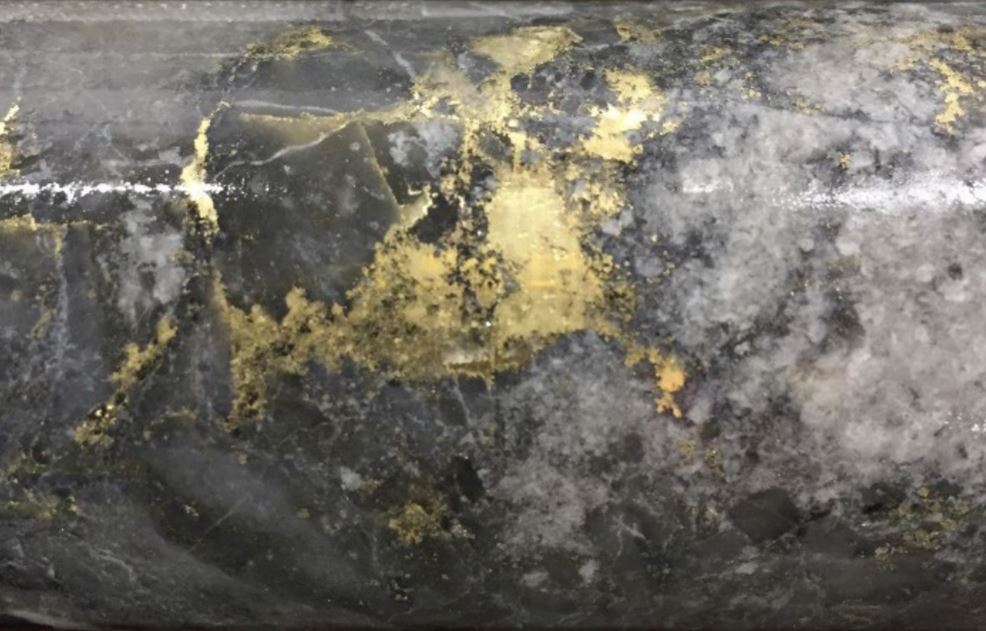Asset knowledge of connected systems has become more complex with the rapid rate of technology advancement. DAD enables the transition to a digital model of assets.
As the owner of one of Australia’s leading electrical, control and safety system engineering companies, I&E Systems, Dermot Kennedy was no stranger to the world of documents and the time-consuming and costly work practices of his industry.
It became clear to Kennedy in the early 1990s that the design, delivery and management of complex systems could be done better.
“To invent a paradigm shift, you must have the technical engineering knowledge to do it,” DAD director of relationships Jim Stancombe told Australian Mining.
“The concept of DAD came to life on an electrical upgrade project in Western Australia. In the first instance, the asset owner had a severe blind spot when it came to their complex electrical and control systems.
“Errors in design documents left undiscovered will have exponential cost impacts the later they are found. In a digital model, errors are discovered much more rapidly due to the nature of collaborative and inherent self-checking.”
Seeing the asset owner’s problem as a potentially universal one, Kennedy conceived the software solution called DAD and in 1998 began to develop the tool.
Successfully utilised in over 60 projects, DAD has been used by some of the world’s leading companies on major projects across a range of industries. From small $50,000 projects to large billion-dollar undertakings, the DAD software solution reduces baseline costs by over 50 per cent.
But the DAD team aren’t content to stop there.
“The thinking behind how to detail the way systems work and how to manage asset information has rarely been challenged, yet technology has advanced significantly,” Stancombe said.
“The current document and asset management trends lean toward the digitisation of existing processes without consideration of why the processes exist and if they are still valid in a digital space. This is particularly the case in engineering and asset management.”
The team behind DAD is committed to transforming the way the resources industry works by disrupting the traditional supply chain.
As a transformational change to the fundamental capture and dissemination of system information, from sets of drawings and documents to a digital model, DAD is not a like-for-like replacement.
“Our tagline is ‘it’s about time’ and this is where the significant savings come from, cutting time by working smarter than the current document-based practices,” Stancombe said.
Traditionally, the supply chain is built around document-focused work practices between design, delivery and operations teams that work in silos.
These methods can be expensive and time-consuming and may result in information becoming more inaccurate and therefore less valuable as it’s passed though the silos, meaning that what is delivered is not suitable to the needs of the downstream users.
“Our niche is disrupting the traditional supply chain to enable digital transformation in system engineering and asset management,” Stancombe said.
“DAD embodies all asset lifecycles of complex systems, from design to decommissioning, and can be introduced at any stage – the earlier the adoption, the more benefit to the owner.”
DAD improves engineering processes and associated management tasks between the separate-but-connected disciplines and lifecycle phases of a complex system by facilitating instantaneous information exchange through a system information model.
“DAD represents the complexities of modern systems in a simple way,” Stancombe said.
The DAD team is committed to working with its customers to ensure that they make the most of this powerful tool.
“If you’re doing a new project or an upgrade, we’ll help you do the system design and engineering for half the price.” Stancombe said. “We’re so confident in our system’s capability that we’re bringing further disruption to the supply chain by doing this work under a lump sum, fixed price agreement.”
“With a little understanding we can help clients establish the modelling method and support them to maximise their software experience.”
The DAD team recently enabled a major iron ore producer in the Pilbara to digitally transform their asset knowledge and work processes, saving them significant time and money. But this is just the tip of the iceberg.
“We have had our approach reviewed and supported by leading academics, researching errors and omissions on typical electrical drawings and the improvements in accuracy are staggering, particularly when you consider the excessive cost involved in reproducing drawings,” Stancombe said.
“Primitive methods are still being used on the latest and most complex systems. The same data is repeated numerous times across multiple drawings and each instance must be entered, checked and approved. Duplication of information across drawings and documents is an inherent problem eliminated by DAD.
“We want our clients to become leaders in the digital transformation of complex system lifecycles,” Stancombe said. “And the DAD team will ensure that they succeed.”
This feature appeared in the December 2023 issue of Australian Mining.




